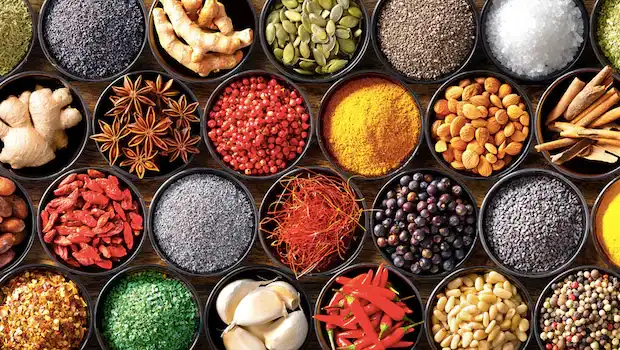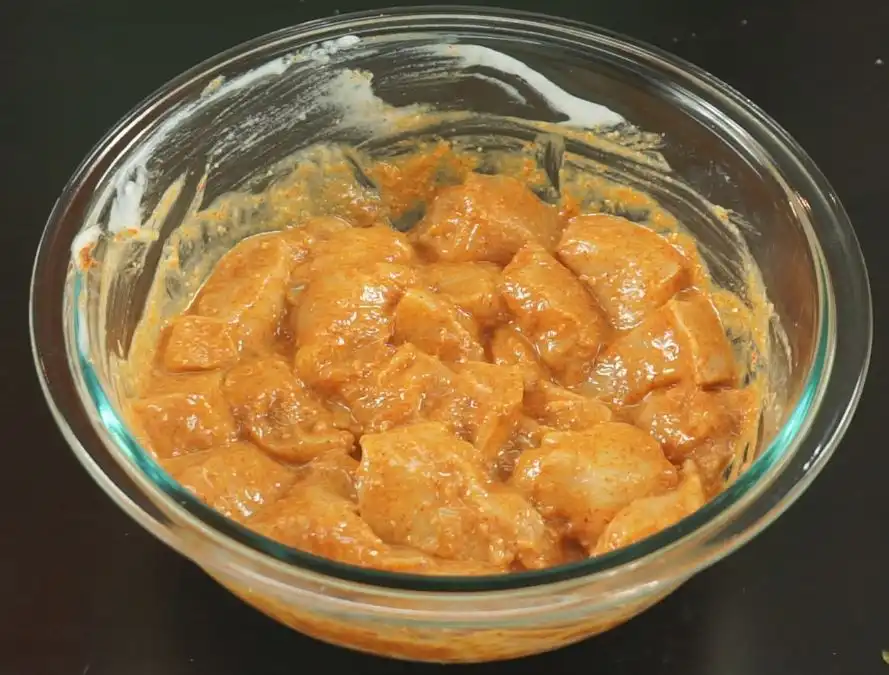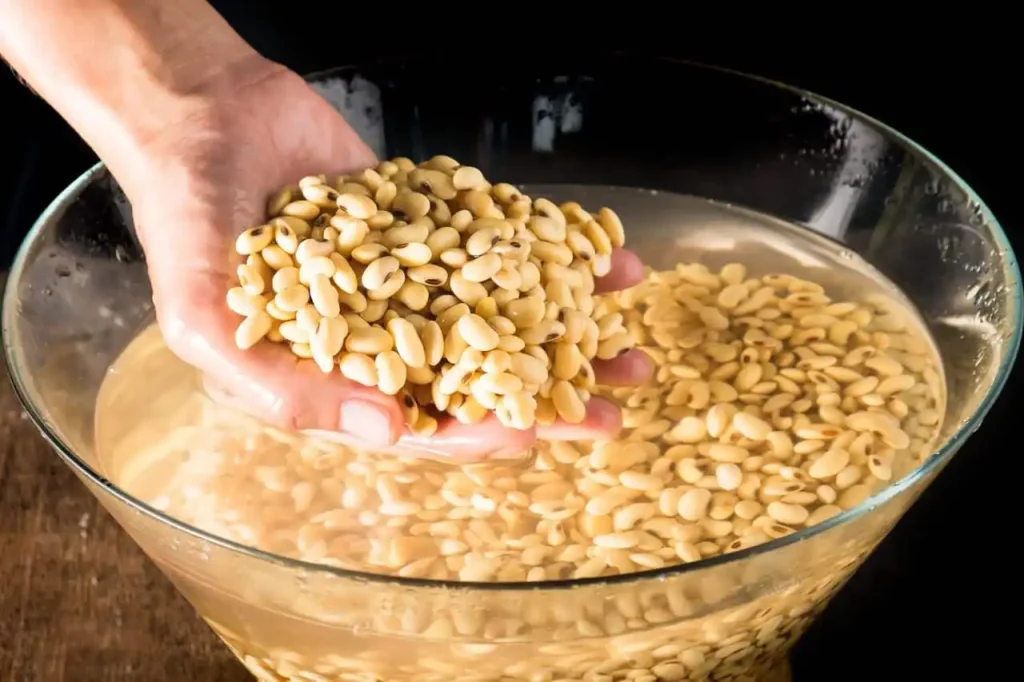“Why Does Indian Food Taste Better the Next Day?”
Introduction: Have you ever noticed that some foods, especially Indian dishes, taste even more delicious when you eat them the day after they are cooked? It’s a magical transformation that happens to many Indian recipes. Let’s explore the science behind why Indian food often tastes better the next day.

Why Indian Food?
Indian cuisine is famous for its rich and complex flavours. It’s a delightful blend of spices, herbs, and various ingredients. Many Indian dishes require slow cooking and marination, allowing the flavours to develop and meld together. This slow cooking process plays a significant role in making Indian food taste better with time.
The Magic of Spices:
Indian food is known for its vibrant use of spices like cumin, coriander, turmeric, and cardamom. These spices release their essential oils and flavours slowly when cooked. When you store Indian food in the refrigerator overnight, the spices continue to infuse the dish, intensifying the taste.

Marination Makes a Difference:
Marinating is a common practice in Indian cooking. It involves soaking the main ingredient (often meat or vegetables) in a mixture of spices, yoghurt, or other flavour-enhancing ingredients. This process not only adds flavour but also helps tenderise the food. When you leave marinated food to rest in the fridge, it absorbs the marinade more effectively, resulting in enhanced taste and tenderness.

Flavours Settle and Blend:
As Indian dishes cool and sit in the refrigerator, the flavours have time to settle and meld together. This blending of flavours creates a harmonious taste profile that you might not experience when the dish is freshly made. The various ingredients, from tomatoes to onions, merge to form a more balanced and nuanced flavour.
Reduction of Water Content:
Many Indian dishes contain gravies or sauces with a high water content. When you refrigerate these dishes, the water content reduces as the food cools. This concentration of flavours makes the food taste more intense and delicious the next day.
Time Allows Ingredients to Soak:
In Indian cooking, ingredients like lentils, beans, and legumes are often used. These ingredients require time to soak up the flavours of the spices and other components of the dish. When you reheat these dishes, the soaked ingredients contribute to the overall richness of the taste.

Aromatic Aromas:
Indian food is not only about taste but also about aroma. The spices used in Indian cooking release their aromatic compounds slowly. When you reheat the food, these aromatic compounds are reactivated, filling your kitchen with irresistible scents that enhance the dining experience.
Conclusion:
In the world of culinary delights, Indian food stands out not just for its taste but also for its ability to improve with time. The next time you enjoy a leftover serving of Indian curry or biryani, remember that it’s not just your taste buds playing tricks on you. It’s the magic of slow cooking, marination, and flavour infusion that makes Indian food taste better the next day. For more interesting articles, please visit www.kidzherald.com





